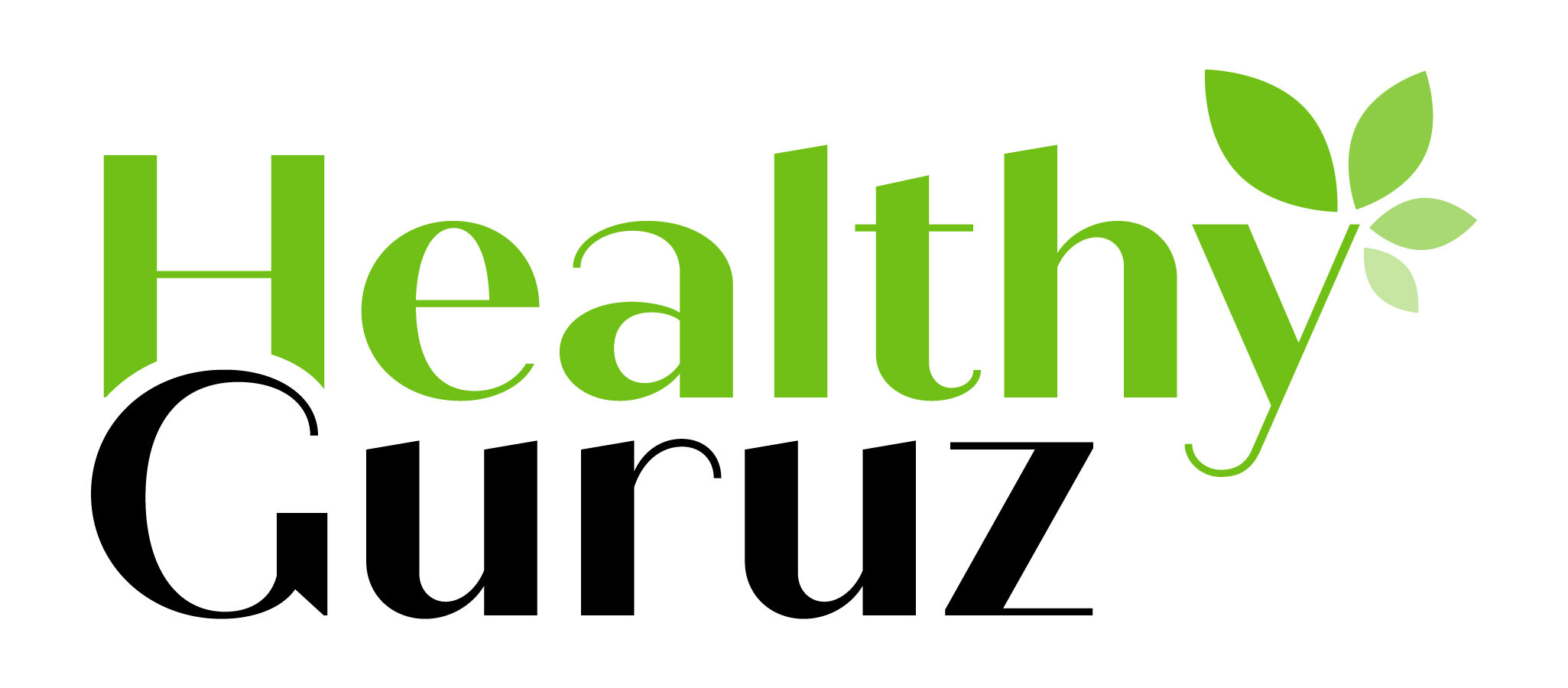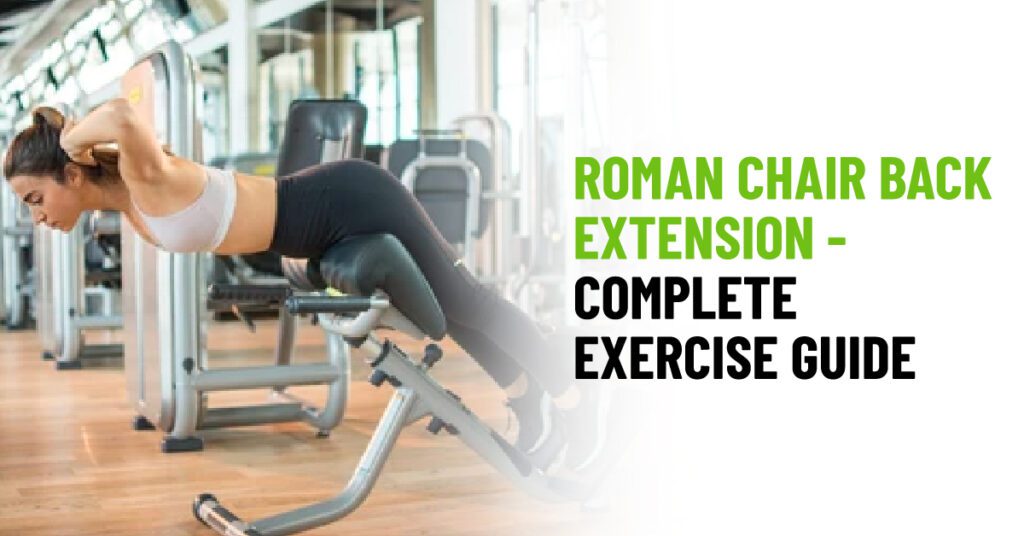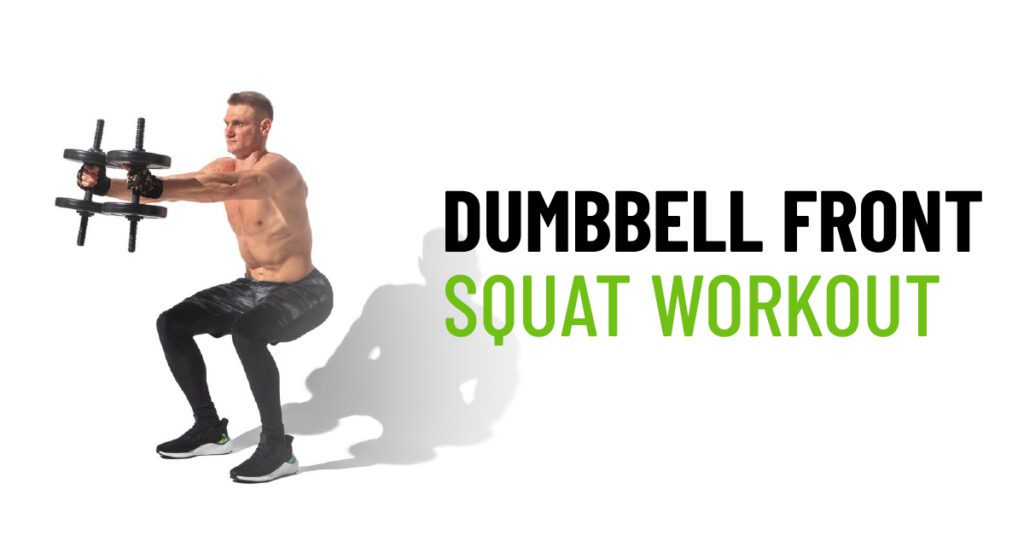Reverse Clamshell Exercise: The Ultimate Core Activator

Also available in
Are you looking for a highly effective exercise to target your hip and glute muscles? Look no further than the reverse clamshell exercise! In this article, we will delve into the details of this powerful exercise and explore its benefits, proper technique, variations, and frequently asked questions. Whether you’re an athlete, a fitness enthusiast, or simply someone looking to improve your lower body strength, the reverse clamshell exercise is a must-try addition to your workout routine.
What is the Reverse Clamshell Exercise?
The reverse clamshell exercise is a targeted exercise that focuses on activating and strengthening the muscles in your hips and glutes. It specifically targets the gluteus medius and minimus, which play a crucial role in stabilizing the hips and promoting proper alignment during movement.
To perform the reverse clamshell exercise, you start by lying on your side with your legs stacked on top of each other. With your knees bent, you lift the top knee away from the bottom knee, resembling the opening of a clamshell.
This movement engages the targeted muscles and helps build strength, stability, and mobility in the hips and glutes.
What muscles do reverse clamshells work?
The reverse clamshell exercise primarily works the hip and glute muscles, specifically the gluteus medius and gluteus minimus. It also engages other muscles such as the gluteus maximus, tensor fasciae latae, piriformis, obliques, and transverse abdominis to a lesser extent.
By targeting these muscles, the exercise strengthens the hips and glutes, improving lower body strength and stability.
Benefits of the Reverse Clamshell Exercise
Incorporating the reverse clamshell exercise into your fitness routine offers numerous benefits. Let’s explore some of the key advantages this exercise has to offer:
1. Hip and Glute Activation: The reverse clamshell exercise specifically targets the hip abductors and glute muscles, helping to activate and strengthen them effectively.
2. Improved Hip Stability: By engaging the gluteus medius and minimus, the reverse clamshell exercise enhances hip stability, reducing the risk of injuries and promoting proper movement mechanics.
3. Injury Prevention: Weak hip and glute muscles can contribute to various injuries, including knee pain, IT band syndrome, and lower back pain. Regularly performing the reverse clamshell exercise can help prevent these injuries by strengthening the supporting muscles.
4. Enhanced Athletic Performance: Strong hips and glutes are essential for optimal athletic performance. The reverse clamshell exercise improves hip and glute strength, which translates into better power, speed, and agility during sports and other physical activities.
Improved Posture: Weak hips and glutes can lead to poor posture and imbalances in the body. The reverse clamshell exercise helps correct these imbalances and promotes better overall posture.
How to Perform the Reverse Clamshell Exercise
To ensure you get the most out of the reverse clamshell exercise and avoid injury, it is important to perform it with the proper technique. Follow these step-by-step instructions:
- Starting Position: Lie on your side on a comfortable surface, such as a mat, with your legs stacked on top of each other. Align your body so that your head, shoulders, hips, and heels are in a straight line.
- Bend Your Knees: Keep your feet together and bend your knees to approximately a 90-degree angle. Your feet should be in line with your hips.
- Engage Your Core: Brace your core by gently pulling your belly button in towards your spine.
- Lift the Top Knee: While keeping your feet together, lift your top knee away from the bottom knee. The movement should resemble the opening of a clamshell. Focus on using the muscles in your hips and glutes to perform the movement, rather than relying on momentum.
- Hold and Lower: Hold the lifted position for a brief moment, then slowly lower your top knee back to the starting position.
- Repeat: Perform the desired number of repetitions on one side, then switch to the other side and repeat the exercise.
Tips to perform the reverse clamshell exercise correctly
- Avoid rolling your hips forward or backward during the movement. Keep your hips stacked and maintain a neutral spine.
- Focus on engaging your glute muscles and avoid relying on your lower back or hamstrings to lift your knee.
- Control the movement both when lifting and lowering your knee. Avoid quick, jerky motions.
Variations of the Reverse Clamshell Exercise
To add variety to your workouts and challenge your muscles in different ways, here are some variations of the reverse clamshell exercise:
Resistance Band Clamshell: Place a resistance band just above your knees before performing the exercise. The band adds resistance, making the exercise more challenging and increasing the activation of your hip and glute muscles.
Weighted Clamshell: Hold a small dumbbell or a weighted ankle cuff on your top leg while performing the reverse clamshell exercise. The added weight intensifies the exercise and helps build strength in your hips and glutes.
Single-Leg Clamshell: Instead of keeping both legs stacked, lift your bottom leg off the ground and perform the clamshell exercise using only the top leg. This variation increases the difficulty and focuses the work on one leg at a time.
Side Plank Clamshell: Begin in a side plank position with your elbow underneath your shoulder and your legs extended and stacked. From this position, perform the clamshell movement by lifting the top leg while maintaining the side plank. This variation challenges your core stability along with your hip and glute strength.
Remember to choose the variation that suits your fitness level and gradually increase the difficulty as you become more comfortable and stronger.
Clamshell Vs. Reverse Clamshell
Clamshell and reverse clamshell are variations of exercises that target the hip and glute muscles. The clamshell exercise involves lifting the top knee while keeping the feet together, targeting the gluteus medius.
On the other hand, the reverse clamshell exercise involves lifting the top knee away from the bottom knee while maintaining contact between the knees, focusing on the gluteus minimus.
Both exercises work the hip and glute muscles but with slight differences in muscle activation.
Conclusion
The reverse clamshell exercise is a fantastic addition to any lower-body workout routine. By incorporating the reverse clamshell exercise into your fitness regimen, you can effectively strengthen and activate your hip and glute muscles.
Remember to focus on proper form and gradually increase the difficulty by incorporating variations such as resistance bands or weights. If you have any concerns or underlying conditions, it’s always advisable to consult with a healthcare professional.
So, why wait? Give the reverse clamshell exercise a try and experience the positive impact it can have on your hip and glute strength.
Frequently Asked Questions (FAQs)
Is the reverse clamshell exercise suitable for beginners?
Yes, the reverse clamshell exercise can be modified to suit different fitness levels. Beginners can start with bodyweight-only variations and gradually progress to using resistance bands or weights.
How many reps and sets should I do?
Start with 2-3 sets of 10-12 repetitions on each side. As you become more comfortable, you can increase the number of sets or repetitions.
Can I do the reverse clamshell exercise if I have knee pain?
If you have knee pain or any other underlying conditions, it’s best to consult with a healthcare professional before attempting the exercise. They can provide guidance tailored to your specific needs.
Should I feel the burn in my glutes during the exercise?
Yes, you should feel a contraction and engagement in your glute muscles as you lift your knee. If you are not feeling it, double-check your form and focus on activating the correct muscles.
How often should I incorporate the reverse clamshell exercise into my routine?
You can include the reverse clamshell exercise 2-3 times per week as part of your lower body or glute-focused workouts. Allow for rest and recovery between sessions.
Can the reverse clamshell exercise help with hip mobility?
While the primary focus of the reverse clamshell exercise is on strength, it can indirectly contribute to improved hip mobility by targeting and activating the muscles surrounding the hips.






